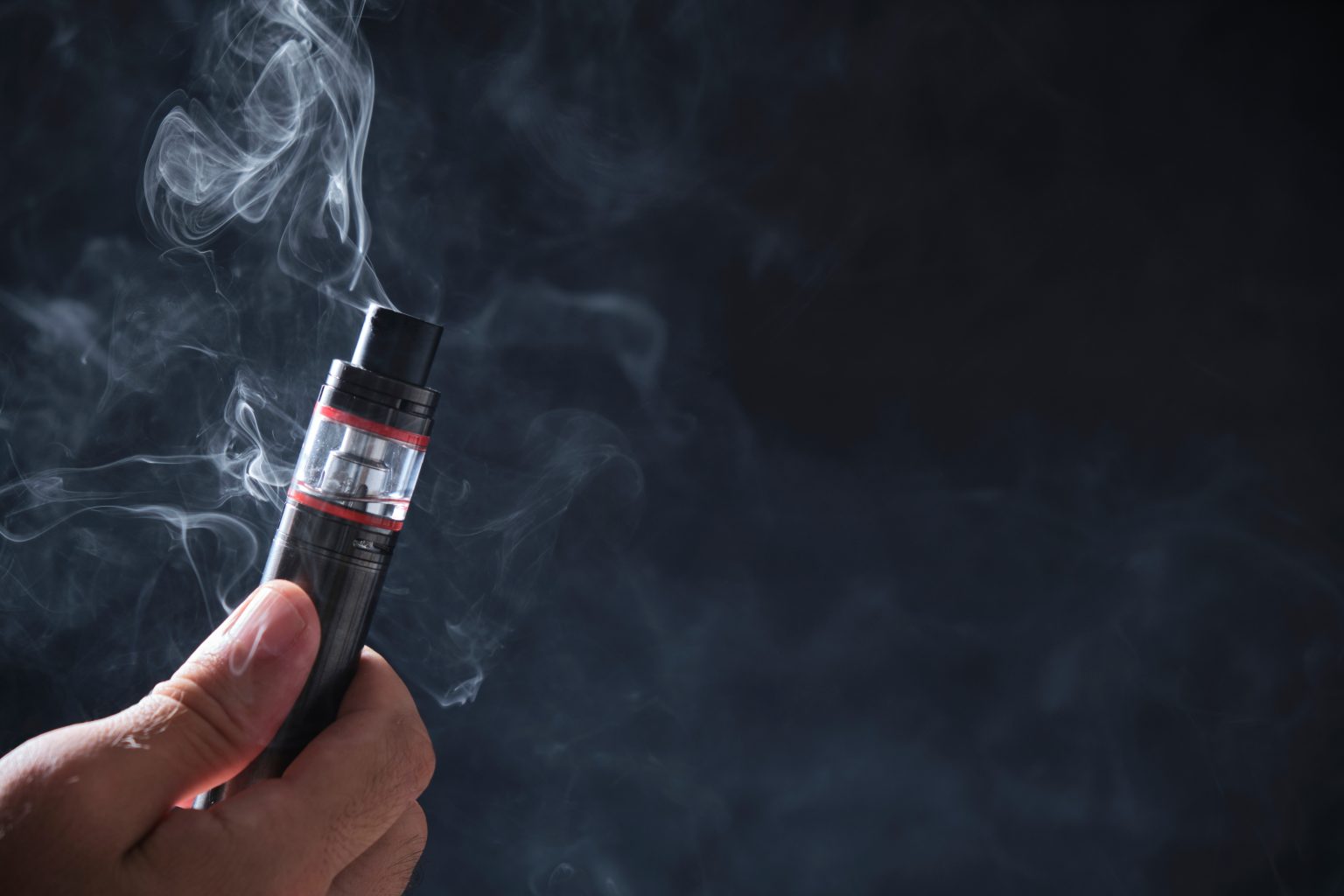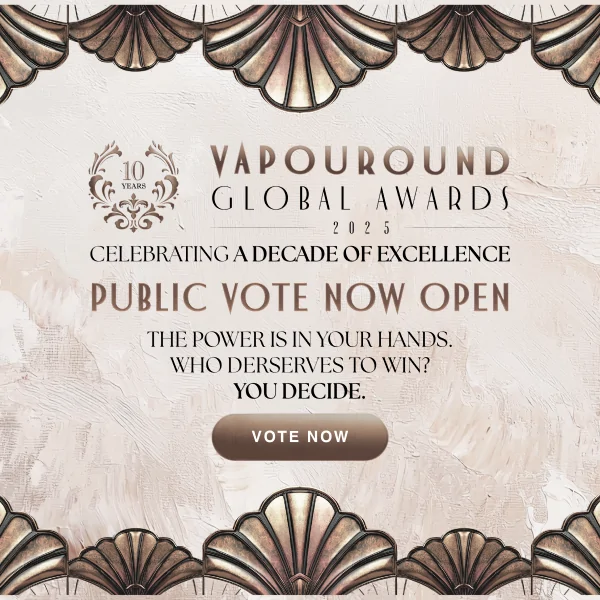The Dutch government’s flavour ban on e-cigarettes, introduced to curb youth vaping, has led to several unintended consequences, particularly for adult vapers.
The ban, which limits the sale of flavoured e-liquids to tobacco variants only, has pushed 80% of vapers to circumvent the regulations by sourcing their preferred flavours from international markets or unregulated online sellers, as reported by a study conducted by ACVODA, a Dutch vaping advocacy group.
While the policy aimed to make vaping less appealing to younger audiences—given that flavoured e-liquids are more popular among youth—it has had a pronounced impact on adult vapers.
Flavours play a significant role for those who have turned to vaping as a tool to reduce or quit smoking.
Many adult vapers prefer non-tobacco flavours to help distance themselves from the taste and smell of traditional cigarettes.
However, the new rules have forced many to seek alternative methods, often from less reliable or regulated sources.
This development has highlighted concerns about the growth of a grey market for vaping products, potentially putting users at risk.
The ACVODA study also revealed a worrying trend: only 2 percent of vapers have adhered to the new regulations by switching to tobacco-flavoured e-liquids.
Meanwhile, 10% of respondents said they have reverted to smoking traditional cigarettes due to the flavour ban.
This outcome poses a significant challenge to public health efforts aimed at reducing tobacco use, as smoking is widely recognised as far more harmful than vaping.
Advocates of the ban argue that reducing the availability of flavoured e-liquids can help curb rising rates of youth vaping.
However, the policy has been criticized for not addressing other potential solutions, such as better regulation of youth access and enhanced education programs.
Moreover, adult vapers feel that the blanket ban fails to consider their needs and could even push them toward more harmful alternatives, such as smoking.
The flavour ban in the Netherlands is part of a broader trend in many countries where public health officials are grappling with how to regulate e-cigarettes, especially as youth vaping rises.
Yet, in focusing on flavoured e-liquids, critics argue the policy may have missed the mark.
The unintended consequences seen in the Netherlands—where adult vapers are left searching for ways to continue their use of less harmful alternatives to smoking—highlight the complex nature of regulating vaping products effectively.
Discover more news from the vape industry
Enjoyed reading this story? Head over to the ‘News‘ section of the website to discover more vaping-related stories from Vapouround.








